























Sports tourism represents a lucrative and rapidly growing sector, offering unparalleled opportunities for destinations to attract visitors, stimulate local economies, and showcase their unique identities.
In today’s dynamic business landscape, organizations are constantly seeking innovative strategies to enhance their branding and digital presence. This white paper explores the crucial role of branded promotional products and digital solutions in sports tourism, highlighting strategies for destination marketing organizations (DMOs) and Sports Commissions to leverage these tools effectively. By embracing new branding techniques and digital solutions, organizations can propel their brand to the next level. This paper delves into various aspects—ranging from corporate and branded merchandise to sustainable practices and cultural considerations—to guide organizations towards success. Through enhanced brand visibility, fostering community engagement, and creating memorable experiences, branded promotional products can be pivotal in driving tourism growth and enhancing a destination’s appeal.

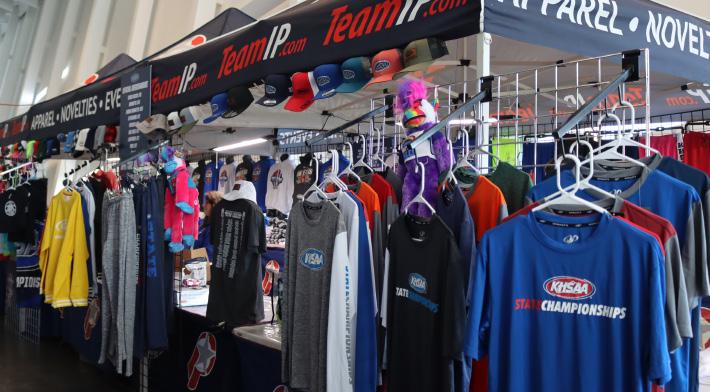
In an era dominated by digital interactions and heightened brand consciousness, the significance of effective branding and digital solutions cannot be overstated.
Sports tourism has emerged as a dynamic and multifaceted industry, encompassing a wide range of activities from attending major sporting events to participating in recreational sports activities. As destinations vie for attention and visitor dollars, effective marketing strategies are essential for standing out in a competitive landscape. This paper aims to dissect key components and strategies that can revitalize your organization’s identity, amplify its reach, and foster meaningful connections with stakeholders. According to the 2019 Sports ETA White Paper “How Sports Tourism Organizations Can Positively Affect Their Communities,” 53% of organizations saw destination branding as a primary outcome of sports tourism, stating that “Brand awareness and promotional efforts are key to an organization’s goal of becoming a nationally or internationally recognized premier sports tourism destination.”

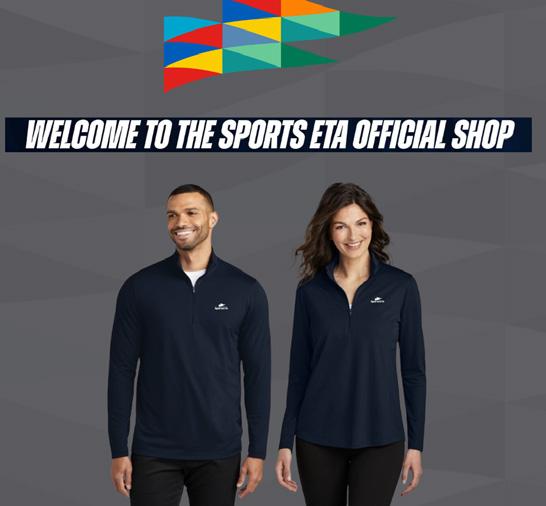
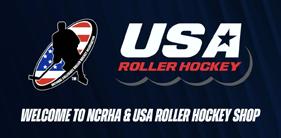
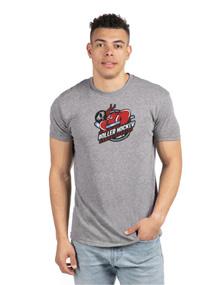

The power of branded promotional products is evident in their ability to create lasting impressions and drive engagement. Here are some key statistics that illustrate their impact:
• According to a study by the Advertising Specialty Institute (ASI), 85% of consumers remember the advertiser who gave them a promotional product.
• 53% of consumers use a promotional product at least once a week, as reported by the Promotional Products Association International (PPAI).
• Research by the British Promotional Merchandise Association (BPMA) reveals that 79% of recipients are likely to do business with a company after receiving a promotional product.
• 66% of consumers keep promotional products for over a year, demonstrating their long-term utility and impact (PPAI).
• A survey by PPAI found that 8 out of 10 consumers own between 1 and 10 promotional products.
The long-term impact of promotional products is also significant, as highlighted by the following retention statistics:
• 89% of consumers can recall the advertiser of a promotional product they received in the past two years, according to a study by PPAI.
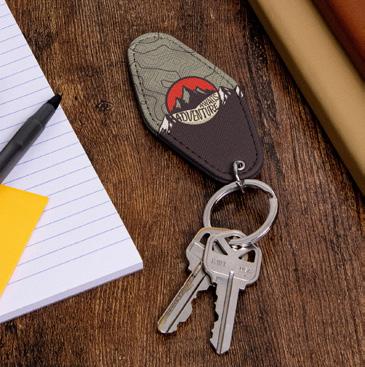
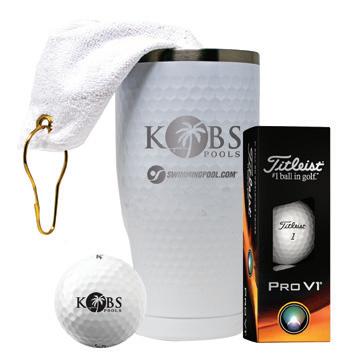
• 58% of consumers keep promotional products for more than four years, indicating their enduring value (ASI).
• Branded promotional products generate a higher brand recall compared to traditional advertising methods, with 69% of consumers recalling the brand even after two years (PPAI).
• Research by PPAI found that 87% of consumers kept a promotional product for longer than a year.
Athlete gifts and experiences are powerful tools for enhancing brand visibility and consumer engagement. These strategies can be particularly impactful in the sports tourism sector:
• Illustrative examples demonstrate how thoughtfully selected athlete gifts and experiences can significantly boost brand visibility and foster consumer engagement.
• By offering unique and memorable merchandise, athletes are inspired to become brand ambassadors, sharing their experiences on social media and amplifying your brand’s reach.
• Celebrating athlete milestones through customized gifts fosters longterm engagement and loyalty with the sport or organization.
• Integrating gifts into experiential marketing initiatives creates memorable and immersive experiences for athletes, leaving a lasting impression and fostering emotional connections with the destination or event.




Crafting VIP and officials’ gifts requires a tailored approach to strengthen relationships and foster goodwill. Here’s how these gifts can make a lasting impact:
• These gifts serve as tangible reminders of the destination’s hospitality, ensuring that VIPs and officials carry a positive impression long after the event has concluded.
• By thoughtfully selecting and customizing these gifts, destinations can build and maintain strong relationships with key stakeholders, ensuring continued collaboration and support.
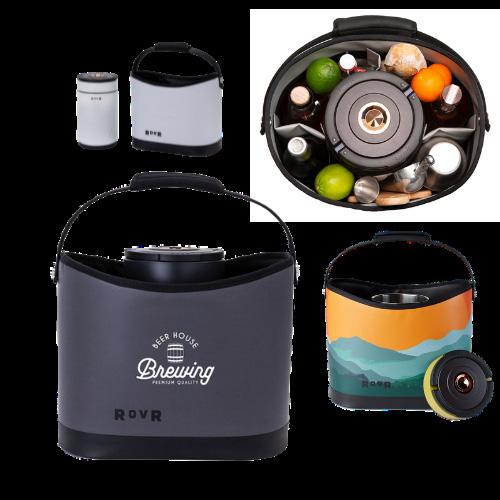

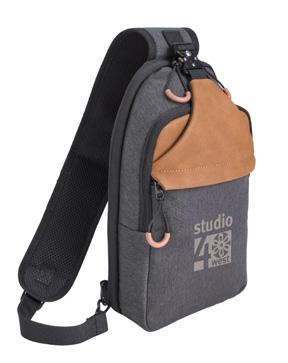
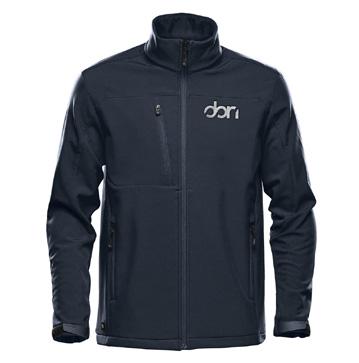

Exploring rebate programs as incentives for annual volume purchases can create significant value for third parties, clubs, members, and franchisees
• Offering approved merchandise available for tournament directors, clubs, and affiliates ensures consistency and brand integrity across all events.
• Rebate programs can streamline the workload for National Directors or parent companies, increasing efficiency and improving user experience.
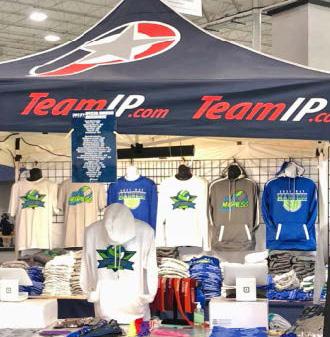

Sponsorship and co-branding opportunities can significantly enhance brand visibility and affinity. Here’s how to leverage these opportunities effectively
• Gifts can be complementary to sponsorships, providing a unified and holistic experience that enhances the perceived value of both the event and the brand.
• This strategy increases value perception at no additional cost to the organization or destination, making it an attractive option for all parties involved.
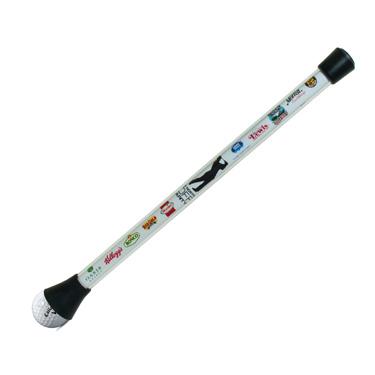
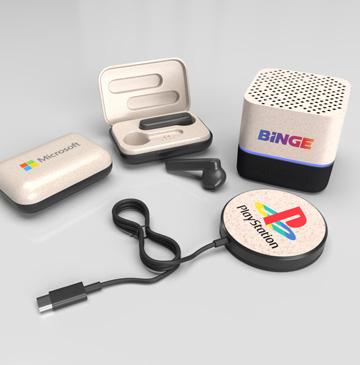


When selecting sourcing strategies, it’s essential to balance cost-efficiency, quality, and sustainability:
• The standard lead time for overseas production is 60 days, offering a viable option for complete customization.
• While overseas production may offer cost advantages, it’s important to weigh these against potential challenges, such as longer lead times and sustainability considerations.
When sourcing branded promotional products, it’s important to evaluate the pros and cons of Minimum Order Quantities (MOQs) versus bulk orders to optimize inventory management and cost-effectiveness:
• Minimum Order Quantities (MOQs): MOQs represent the smallest number of units a supplier is willing to produce and sell in a single order. Suppliers set MOQs to cover production costs and maintain profitability. For example, a supplier might require a minimum order of 100 branded t-shirts. Ordering below the MOQ could lead to higher per-unit costs or may not be an option at all. While MOQs offer flexibility by allowing smaller orders, they often come with a higher per-unit price, making strategic planning essential.
• Bulk Orders: Bulk orders involve purchasing large quantities of merchandise in a single transaction. This approach typically offers lower per-unit costs due to economies of scale, making it ideal for large events or ongoing campaigns. However, bulk orders require careful planning to avoid overstocking and ensure the items remain relevant to the target audience. The cost savings from bulk orders can be significant, but organizations must manage inventory effectively to prevent potential issues such as storage constraints or delayed deliveries.
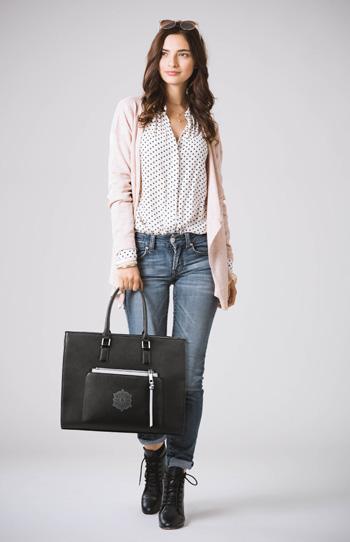

Sports tourism organizations can leverage both industry bulk purchasing and depots to optimize cost savings and inventory management. Here’s how each approach works:y:
• Industry Bulk Purchasing: Industry bulk purchasing involves multiple organizations or entities pooling their purchasing power to buy large quantities of merchandise at a discounted rate. This collaborative approach allows organizations to benefit from economies of scale, resulting in lower per-unit costs for staple items such as branded apparel, souvenirs, or promotional products. By participating in industry bulk purchasing, sports tourism organizations can ensure that they consistently receive high-quality merchandise at more affordable prices. Additionally, bulk purchasing fosters proactive planning, reducing the likelihood of stock shortages or delayed deliveries by ensuring that necessary items are ordered well in advance.
• Depots: Depots are centralized storage facilities where merchandise is stored and managed before being distributed to various locations or events. For sports tourism organizations, using depots can offer several logistical advantages. By storing bulk-purchased items in a depot, organizations can ensure that they have a steady supply of merchandise ready for distribution when needed. This approach helps to minimize the risk of delayed deliveries or last-minute shortages, as the depot can serve as a reliable inventory hub. Depots also allow for better inventory management, enabling organizations to track stock levels, manage reorders efficiently, and reduce the risk of overstocking or understocking.

• Industry Bulk Purchasing offers significant cost savings by allowing multiple organizations to pool their orders and benefit from reduced pricing on high-demand items. It’s particularly useful for securing discounts on staple products that are consistently needed across various events.
• Depots provide logistical support by centralizing inventory management and ensuring that merchandise is readily available when and where it’s needed. This approach is ideal for managing large inventories and ensuring that items are distributed efficiently across multiple events or locations.
Both approaches can significantly enhance the efficiency and cost-effectiveness of merchandise management for sports tourism organizations. When used together, they offer a comprehensive solution that combines the financial benefits of bulk purchasing with the logistical advantages of centralized storage and distribution.
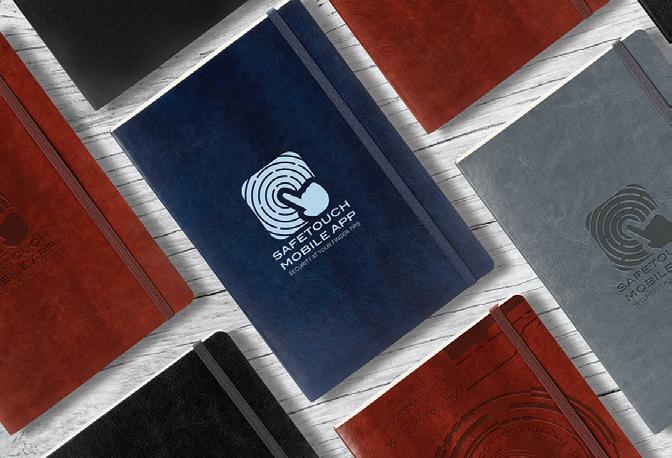
Enhancing the perceived value of merchandise through premium services and innovative packaging solutions can significantly elevate the visitor experience:
• Creating additional touchpoints, either pre- or post-event, extends the overall experience and deepens engagement with the destination or event.

• Drop-shipping gifts to attendees in preparation for their travel can create excitement for the event and ensure that the gifts are not left behind due to space constraints during travel.
• Personalized notes included with the gifts add an extra layer of engagement, making the experience more memorable for the recipients.

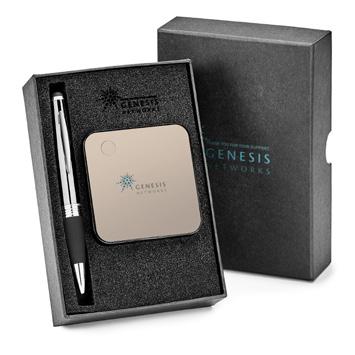

When selecting merchandise, it’s crucial to align choices with brand values and resonate with target audiences:
• Embracing sustainability as a core aspect of branding and merchandise practices meets evolving consumer expectations and demonstrates the organization’s commitment to responsible tourism.
• Highlighting the unique attributes and identity of the destination through merchandise showcases its culture, landmarks, and experiences, serving as tangible representations of the destination’s brand.



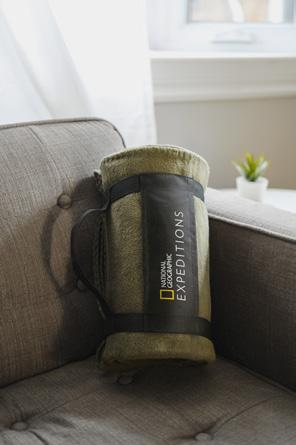
Branded promotional products offer numerous benefits for sports tourism organizations, contributing to overall success and growth:
Enhanced Brand Visibility: Branded promotional products serve as mobile advertisements, extending the reach of DMOs’ marketing efforts and increasing brand visibility among travelers. From wearable items like hats and t-shirts to everyday essentials like tote bags and water bottles, these products act as constant reminders of the destination.
Increased Visitor Engagement: Branded promotional products provide opportunities for interactive engagement with visitors, encouraging them to share their experiences on social media platforms and become brand ambassadors. Whether through photo contests, hashtag campaigns, or user-generated content, these products foster community engagement and word-of-mouth promotion.
Tangible Souvenirs and Mementos: Branded promotional products serve as tangible souvenirs and mementos for visitors, allowing them to take a piece of the destination home with them. Whether purchasing merchandise as gifts for loved ones or keepsakes for themselves, these products evoke memories and serve as enduring reminders of their travel experiences.
Economic Impact: Branded promotional products contribute to the economic vitality of destinations by supporting local businesses and artisans. Whether sourcing products locally or collaborating on co-branded merchandise, DMOs stimulate economic activity and create opportunities for entrepreneurship and job creation.



To maximize the impact of branded promotional products, it’s essential to partner with the right companies. Here’s how to establish successful partnerships:
Identify Potential Partners: Research and identify branded promotional product and apparel companies that align with your destination’s values, aesthetic, and target market. Consider companies with experience in the tourism sector and a track record of successful collaborations.
Define Objectives and Scope: Clearly define your objectives for the partnership, including desired outcomes, target audience, and key performance indicators (KPIs). Outline the scope of the partnership, including the types of products, customization options, distribution channels, and marketing activities.
Reach Out to Potential Partners: Initiate contact with potential partners by sending a proposal that outlines your objectives, scope, and the mutual benefits of the collaboration. Highlight your destination’s unique selling points and the potential for increased brand visibility and consumer engagement.
Negotiate Terms and Agreements: Engage in discussions to negotiate the terms of the partnership, including pricing, production timelines, exclusivity agreements, and promotional strategies.
Develop Customized Products: Work closely with the partner company to design and develop customized branded promotional products that reflect your destination’s identity and appeal to your target audience. Consider incorporating local elements, sustainable materials, and unique design features.
Plan Distribution and Marketing Strategies: Develop a comprehensive plan for distributing and marketing the branded promotional products. Identify key distribution points, such as tourist information centers, hotels, events, and online platforms. Create integrated marketing campaigns to promote the products and encourage visitor engagement.
Launch and Promote the Partnership: Launch the partnership with a coordinated promotional campaign, leveraging social media, email marketing, influencer partnerships, and press releases to generate buzz and awareness. Highlight the unique features of the branded products and the benefits of visiting your destination.
Monitor and Evaluate Performance: Continuously monitor the performance of the partnership, tracking KPIs such as sales, visitor engagement, social media reach, and brand visibility. Gather feedback from visitors and partners to assess the impact and identify areas for improvement.
Foster Long-Term Relationships: Maintain open communication with the partner company and explore opportunities for future collaborations. Foster long-term relationships by providing regular updates, celebrating successes, and continuously seeking ways to enhance the partnership.
In an increasingly competitive marketplace, organizations must continuously adapt and innovate to stay ahead. By embracing new branding techniques and digital solutions, organizations can not only differentiate themselves but also forge stronger connections with customers, partners, and communities.
The statistics presented in this paper underscore the significance of branded promotional products as powerful marketing tools.



From their high recall rates to long-term retention benefits, promotional products offer unparalleled opportunities for brand exposure and engagement. By leveraging these statistics, organizations can make informed decisions and maximize the impact of their promotional product campaigns, ultimately driving brand loyalty and revenue growth. This white paper serves as a roadmap for organizations looking to elevate their brand presence and drive sustainablegrowth in today’s dynamic business landscape.



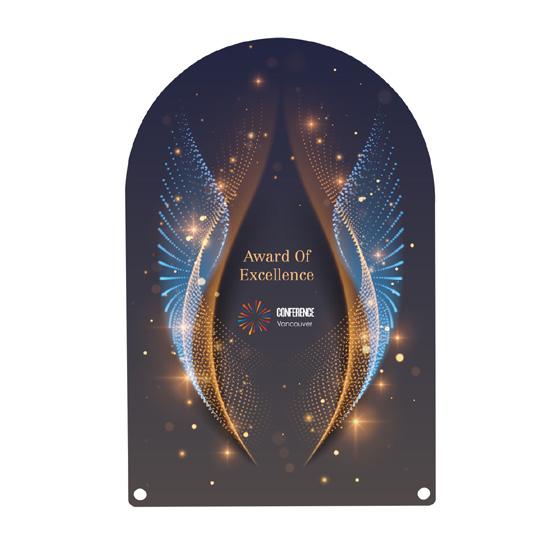
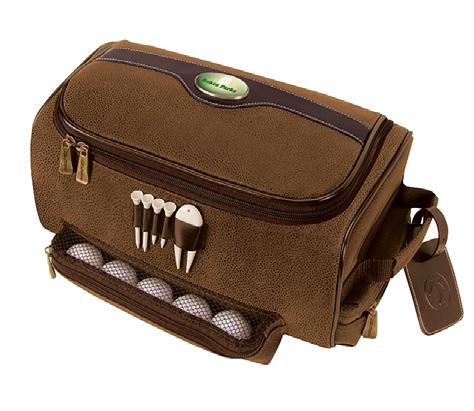

Usage Statistics:
• “According to a study by the Advertising Specialty Institute (ASI), 85% of consumers remember the advertiser who gave them a promotional product.”
– Source: Advertising Specialty Institute (ASI), “Global Ad Impressions Study,” 2022.
• “53% of consumers use a promotional product at least once a week, as reported by the Promotional Products Association International (PPAI).”
– Source: Promotional Products Association International (PPAI), “Consumer Study: The Influence of Promotional Products,” 2021.
• “Research by the British Promotional Merchandise Association (BPMA) reveals that 79% of recipients are likely to do business with a company after receiving a promotional product.”
– Source: British Promotional Merchandise Association (BPMA), “The Power of Promotional Products,” 2019.
• “66% of consumers keep promotional products for over a year, demonstrating their long-term utility and impact (PPAI).”
– Source: Promotional Products Association International (PPAI), “Consumer Study: The Influence of Promotional Products,” 2021.
• “A survey by PPAI found that 8 out of 10 consumers own between 1 and 10 promotional products.”
– Source: Promotional Products Association International (PPAI), “Consumer Study: The Influence of Promotional Products,” 2021.
Retention Statistics:
• “89% of consumers can recall the advertiser of a promotional product they received in the past two years, according to a study by PPAI.”
– Source: Promotional Products Association International (PPAI), “Consumer Study: The Influence of Promotional Products,” 2021.
• “58% of consumers keep promotional products for more than four years, indicating their enduring value (ASI).”
– Source: Advertising Specialty Institute (ASI), “Global Ad Impressions Study,” 2022.
• “Branded promotional products generate a higher brand recall compared to traditional advertising methods, with 69% of consumers recalling the brand even after two years (PPAI).”
– Source: Promotional Products Association International (PPAI), “Consumer Study: The Influence of Promotional Products,” 2021.
• “Research by PPAI found that 87% of consumers kept a promotional product for longer than a year.”
– Source: Promotional Products Association International (PPAI), “Consumer Study: The Influence of Promotional Products,” 2021.
Other Sources:
• “53% of organizations saw destination branding as a primary outcome of sports tourism”
– Source: Sports Events & Tourism Association (Sports ETA), “How Sports Tourism Organizations Can Positively Affect Their Communities,” 2019.

As the only non-profit 501(c)3 trade association for the sports events and tourism industry in the United States, Sports ETA is the most essential resource for sports commissions, sports destinations, sports event owners, and industry partners. We believe sports tourism and the events that our members own and host have the power to transform society for the better. Our passion is to help sports events and tourism professionals achieve previously unimaginable levels of performance. We do this by nurturing a community of smart, creative, and interesting people: our members. Visit sportseta.org


Sparks CEO/Founder of Team IP

Terra Alphonso Chief of Corporate Business Development

Bailey Chief of Business Development

Senior Business Development Manager
Team IP provides a wide range of services to help clients promote their brand, generate revenue, and maximize their return on investment. These services include custom apparel, branded products, and experiential marketing. The team at Team IP provides comprehensive support throughout the entire process, from design to development to production to distribution. Our team has extensive experience helping brands shine and are committed to helping clients create lifetime memories for their customers. Team IP has worked with some of the biggest names in sports and entertainment to create unique campaigns that engage fans and drive sales.